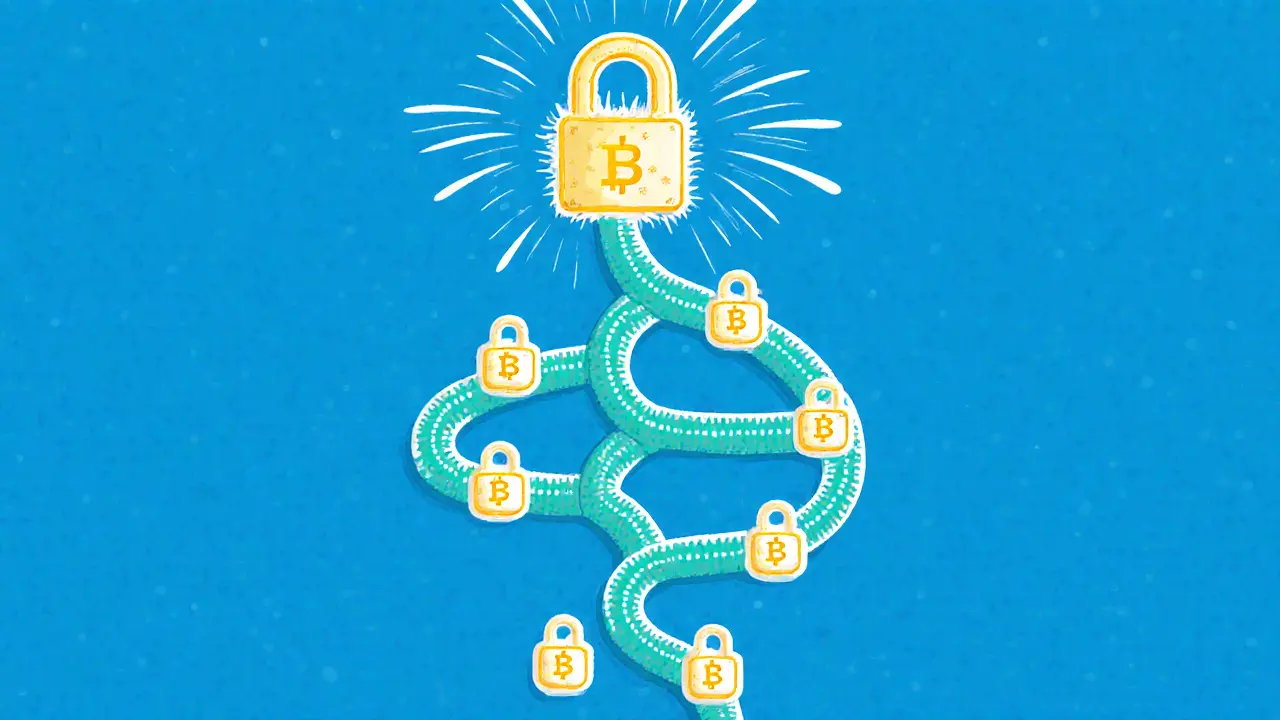SPV Wallets: What They Are and Why They Matter for Crypto Security
When you use a crypto wallet on your phone, you’re probably using an SPV wallet, a lightweight wallet that verifies transactions without downloading the full blockchain. Also known as Simplified Payment Verification wallets, they let you send and receive Bitcoin and other coins quickly—without storing gigabytes of data. Unlike full nodes that check every transaction ever made, SPV wallets only grab the headers of blocks and rely on trusted nodes to confirm your balance. It’s like checking your bank balance through an app instead of driving to the branch to review every ledger page.
SPV wallets are built on BIP37, a Bitcoin protocol standard that enables efficient transaction filtering. They work by asking full nodes for transaction data tied to your wallet address, then verifying those transactions are part of a valid chain using block headers. This cuts storage needs from hundreds of GBs to under 100MB, making it possible to run a wallet on any smartphone. But here’s the catch: you’re trusting those full nodes not to lie. If a node gives you fake data, your wallet might show you have more crypto than you do. That’s why most SPV wallets connect to multiple nodes and use a few extra checks to reduce the risk.
Most popular mobile wallets—like Blockchain.com, Exodus, and Trust Wallet—use SPV by default because it’s fast, simple, and works offline. But SPV isn’t perfect. It doesn’t help secure the network like a full node does. And if you’re holding serious value, relying only on an SPV wallet means you’re not fully verifying your own transactions. That’s why experts recommend using a full node for long-term storage, while SPV wallets are fine for everyday spending.
SPV wallets also relate to lightweight blockchain verification, a method used across multiple blockchains to reduce resource demands. While Bitcoin pioneered this with BIP37, newer chains like Litecoin and Dogecoin use similar logic. Even some Ethereum-based wallets use SPV-style checks for faster access to tokens. The trade-off is always the same: convenience over full security.
What you’ll find below are real-world breakdowns of how SPV wallets behave under pressure—when they fail, when they’re safe, and how to spot the ones that cut corners. You’ll see how they stack up against full nodes, how scams exploit their trust model, and why your seed phrase still matters more than the wallet type. These aren’t theory pieces. They’re reports from users who’ve been burned, and guides from devs who built the tools we all use daily.
24 Nov
2025
Merkle trees let blockchains verify transactions with minimal data, enabling lightweight wallets and secure scalability. They turn thousands of transactions into one hash, making tampering impossible and verification lightning-fast.
